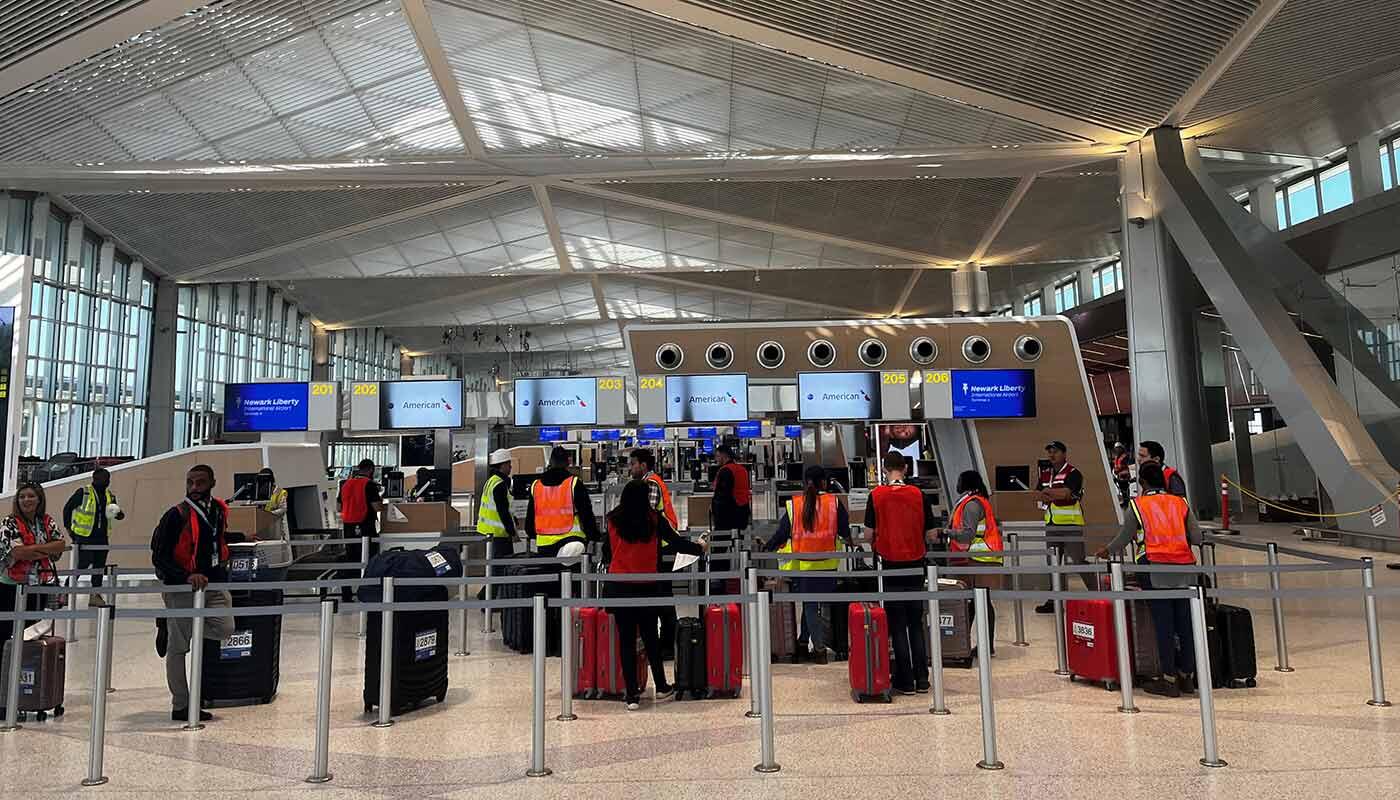To simulate real-life operations, it is necessary to have “passengers”. In the initial basic trials, these are generally staff standing in as trial passengers. Eventually they will be replaced by volunteers from the surrounding communities, schools, colleges, etc., reaching multiple hundreds of participants simulating the everyday passenger of the new facility. All participants need to have a clear understanding of their role in the trial to actively take on a role as passenger, airline and airport staff, members of the security agencies, etc. They need to know where to be when, and what is expected of them. Therefore, an in-depth briefing of all participants is pivotal to the successful execution of the trial. Passengers, for example, will need to know that they check-in at a counter rather than a self-service kiosk, the number of bags they need to check including oversized such as skis, whether they are traveling alone or accompanied, maybe even with a minor, whether it is international or domestic travel, the former requiring a trial passport for this purpose.
Trial passengers can be asked to be unruly, lose their boarding pass on their way to the gate, check-in a firearm, require mobility assistance, look for a restroom, forget an object at the security check, and any other scenario that might occur in real life. Each of these in turn requires a response - either an action or reaction - by another party.
Special attention is given to unforeseen issues: equipment may be needed elsewhere and not be available, technical components be down for inspection, and just about anything else you can think of.
The complexity of real-life operations is simulated as closely as possible to prepare for all eventualities, identify potential issues and tackle them by adapting the underlying procedures. It can easily be increased by adding further elements: a delay in an aircraft causing the hold rooms to fill up with passengers of multiple flights; the arrival of a flight right next to one departing, and many more. And this does not yet include the surrounding procedures such as stocking of restaurants and shops with supplies, cleaning of the facility, running of the baggage handling system, ensuring security around and throughout the airport building and campus, etc.
To track the duration of individual processes and the usage time of technical equipment, starting time and expected end-time are communicated.








